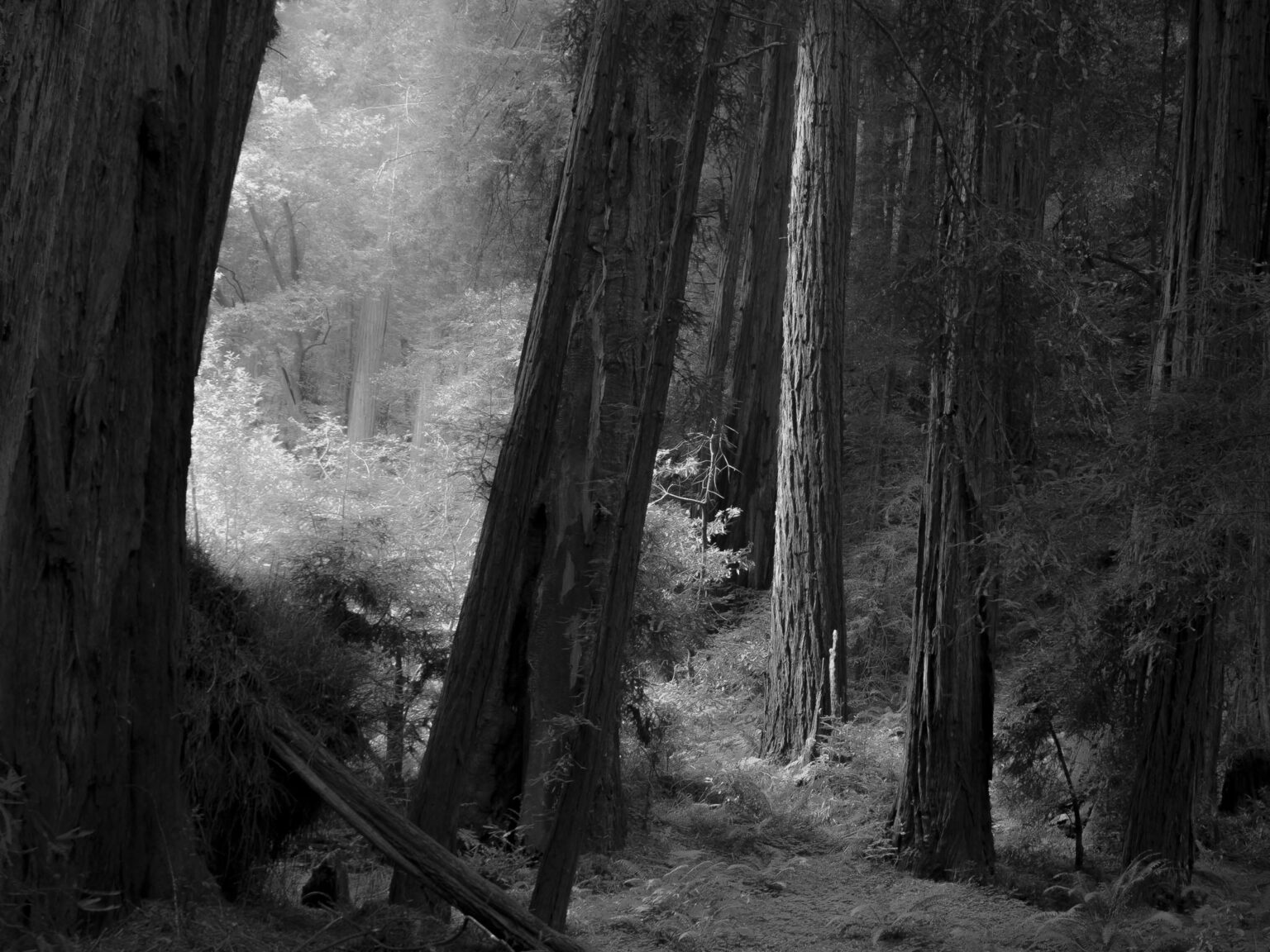What Are F Stops In Photography
What Are F Stops In Photography - If you are a photography enthusiast, it is crucial to know the basics of the exposure triangle, which include aperture, shutter speed, and ISO. In this post, we will dive deeper into one of the essential elements of the exposure triangle, which is the aperture or F-stops in photography.
Understanding F-stops in Photography
Aperture, also referred to as F-stop, is the opening or hole in the lens that allows light to enter the camera. It primarily controls the amount of light that enters the camera and affects the depth of field in your image. F-stop is a unit of measurement that determines the aperture size. In simple terms, the smaller the F-stop number, the larger the opening or hole, and the more light that enters the camera
Blurred Background and Depth of Field
When you adjust the F-stop, you'll notice a change in your image's depth of field. Depth of field refers to the area in your image that is in focus. A shallow depth of field means that only your subject is in focus while the background remains blurred. On the other hand, a deep depth of field means that everything in your image is in focus, including the background.
![]()
F-stops in Photography
F-stop numbers generally range from F/1.4 to F/22, with each full F-stop number indicating a halving or doubling of the amount of light entering the camera. For instance, F/2.8 allows half the amount of light to enter compared to F/2, while F/5.6 allows twice the amount of light to enter than F/8.
What is ISO?
Another crucial element of the exposure triangle is ISO, which refers to the camera’s sensitivity to light. A higher ISO means that your camera is more sensitive to light and allows for better image quality in low light conditions. However, it also increases camera noise or grain in your images.

How F-Stop Works in Photography
When you change the F-stop, you also change the exposure value (EV). Exposure value is the combination of shutter speed, aperture, and ISO that determine the brightness of your image. As a rule of thumb, halving or doubling the EV by adjusting the shutter speed or F-stop corresponds to a one-stop increase or decrease in brightness.
Using F-stops for Creative Photography
F-stops also play a crucial role in creating stunning images. You can use them to adjust your image's focal point, providing a blurred background effect or a sharp focus on your subject. Additionally, you can experiment with the depth of field to create unique images, such as isolating a single object while blurring the rest of the image.
How to Use F-stops in Photography
Mastering the use of F-stops in photography requires practice and experimentation. However, here are some tips to get you started:
Tip 1: Understand Depth of Field
Understanding depth of field is crucial in using F-stops effectively. As discussed earlier, shallow depth of field isolates the subject and blurs the background. Conversely, deep depth of field makes the whole image appear sharp. Adjusting your F-stops allow you to vary your depth of field to create various effects.
Tip 2: Use Aperture Priority Mode
In aperture priority mode, you select the F-stop, and the camera automatically selects the appropriate shutter speed for the correct exposure. This mode allows you to experiment with varying F-stops while also ensuring properly exposed images.

Tip 3: Use F-stops for Macro Photography
F-stops are also crucial when it comes to macro photography. A narrow depth of field enables you to isolate a specific subject, while a broader depth of field makes everything in the image appear sharp. Experimenting with F-stops in macro photography allows you to capture incredibly detailed images that stand out.
![]()
In Conclusion
Understanding F-stops in photography is crucial in achieving your desired image effect, and it takes practice and experimentation to master. Remember that the F-stop controls the amount of light entering the camera and affects depth of field, while also influencing exposure value. With these tips, you can start experimenting with F-stops and come up with stunning images and creative creations.
Read more articles about What Are F Stops In Photography
Post a Comment for "What Are F Stops In Photography"